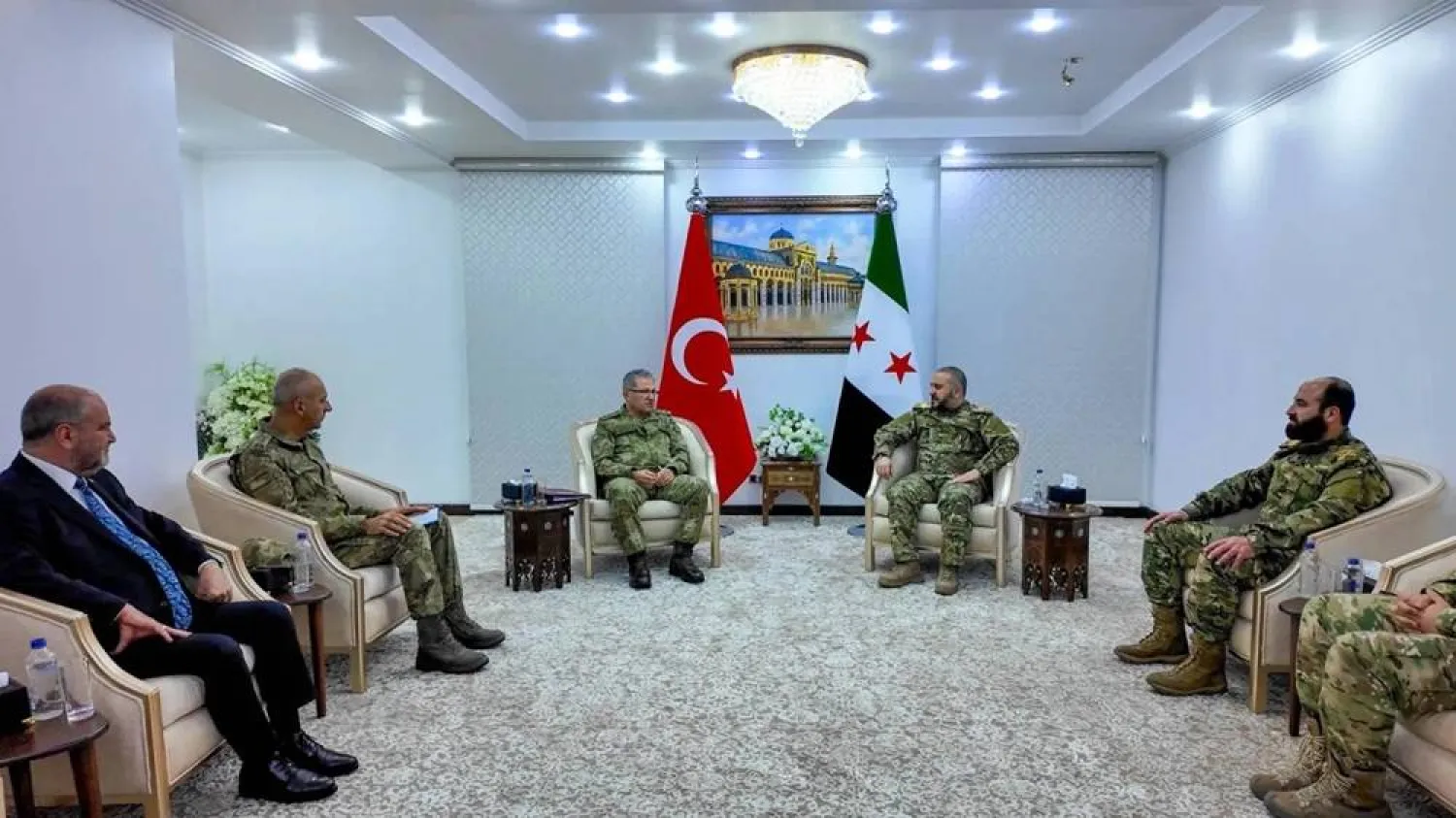Israeli Prime Minister Benjamin Netanyahu on Monday blocked Arab efforts to develop a plan for “the next day” in Gaza after the war ends, saying neither Hamas nor the Palestinian Authority, led by President Mahmoud Abbas, will control the Strip in any future plan.
“As I promised, the day after the war in Gaza, neither Hamas nor the Palestinian Authority will be there,” according to a statement from the PM’s office.
His comments came in response to Arab efforts seeking to pressure Hamas to hand over Gaza to the PA and foil a US plan to take ownership of the territory and rebuild it into a “Riviera of the Middle East.”
They also came ahead of an Israeli Security Cabinet meeting to discuss the second phase of the Gaza ceasefire and prisoner exchange deal with Hamas.
Netanyahu had tried to prevent negotiations for the second phase. But following a meeting with US Secretary of State Marco Rubio last week, the PM agree to send a delegation to Egypt on Monday to resume talks with Hamas. But according to Israeli reports, the delegation had not been given a mandate to discuss anything substantive.
A senior Israeli security official familiar with the negotiations told Ynet news on Sunday that Netanyahu is working to prevent the implementation of the second phase of the hostage deal in order to achieve political goals at the expense of hostages’ lives.
The senior Israeli security official maintained that this amounts to a violation of the deal, which stipulates that the parties begin holding negotiations over phase two no later than the 16th day of the first phase, which was on February 3 — nearly two weeks ago.
Israel’s decision to send a delegation to Egypt followed a phone call between Netanyahu and US President Donald Trump’s Middle East envoy Steve Witkoff.
Witkoff told Fox News on Sunday that he also spoke with Qatari Prime Minister Mohammed bin Abdulrahman bin Jassim Al Thani and head of the Egyptian intelligence agency Hassan Mahmoud Rashad and agreed with them on the progression of the second phase of the hostage deal.
‘Them or us’
While Netanyahu faces mounting US pressure to move forward with the talks, he is under similar pressure from far-right members of his coalition to resume the war after the end of the first phase.
Far-right Finance Minister Bezalel Smotrich threatened to quit Netanyahu’s ruling coalition if the war is not resumed after the end of the first stage.
Smotrich in a video statement said he “will demand a vote” by ministers on Trump’s plan and that Israel must “issue a clear ultimatum to Hamas — immediately release all hostages, leave Gaza for other countries and lay down your arms.”
“If Hamas refuses this ultimatum, Israel will open the gates of hell,” he warned.
“I call on the prime minister to declare that once the war resumes after phase one, Israel will, from the first day, seize 10% of Gaza’s territory, establish full sovereignty there and immediately apply Israeli law,” he said.
“It’s them or us. Either we crush Hamas, or God forbid, Hamas will crush us,” Smotrich said.
In return, other Israeli opposition leaders urged the government to complete the deal with Hamas and return all the hostages.
National Unity chairman Benny Gantz said: “We need to harness all the levers of pressure, all the means, and also be prepared for painful concessions and bring them home – down to the last hostage.”









